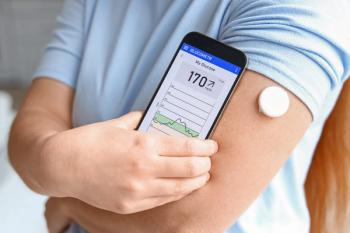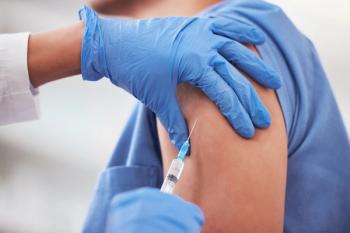
Late-stage HTN drugs show promise
A medication in a new class of drugs has received FDA approval for hypertension and we now have several promising and innovative agents in late-stage development for treatment of the condition.
Effective blood pressure control can be difficult to achieve for certain patients, in many cases requiring more than one medication from different classes of drugs. A popular trend among manufacturers to combine already-approved antihypertensives into one product doesn't appear to be losing any steam. Recently, however, for the first time in 10 years, a medication in a new class of drugs has received Food & Drug Administration approval for hypertension (HTN), and there are now several other promising innovative agents in late-stage development for treatment of the condition.
First in class
In March 2007, Novartis received regulatory word that its aliskiren (Tekturna) had been approved to treat hypertension. The oral renin inhibitor blocks the action of renin at the top of the renin-angiotensin system cascade. It is indicated for use as monotherapy or in combination with other antihypertensives, although its use has not been adequately studied with high-dose ACE inhibitors. Experts believe that aliskiren may offer an advantage over existing therapies in patients who cannot take an ACE inhibitor or in those patients who need double blockade of the renin-angiotensin system. According to Datamonitor's Pipeline Insight report of April 2006, aliskiren, due to its novel mechanism of action and 24-hour duration, has the potential to become a blockbuster treatment for HTN by the year 2010.
Coming down the pipeline in phase III is clevidipine (Cleviprex), from The Medicines Co. The intravenous ultrashort-acting calcium-channel blocker is being developed for the short-term control of acute HTN in the hospital setting. The drug has been tested in five phase III studies in healthy volunteers, cardiac surgery patients, and patients with essential hypertension. The ESCAPE-1 and ESCAPE-2 trials determined efficacy of clevidipine in treating preoperative and perioperative hypertension. Clevidipine showed a statistically significant decrease in mean arterial pressure from baseline (p<0.0001) compared with placebo at five minutes post-dose. A blood pressure-lowering effect was observed within one to two minutes and median time to achieve target systolic blood pressure was six and 5.3 minutes, for each trial, respectively. When compared with nitroglycerin, sodium nitroprusside, and nicardipine in the ECLIPSE trials, clevidipine use resulted in approximately half the blood pressure (BP) excursions (how much and how long BP went above or below predefined acceptable ranges) of the other agents (p=0.0004), when used perioperatively.
If approved, clevidipine will be the first third-generation intravenous dihydropyridine calcium-channel blocker to reach the market. The Medicines Co. expects to file an NDA for clevidipine before the end of 2007.
Protective combination
A promising-looking combination product for treating hypertension in diabetics is MC-4232 from Canadian company Medicure. The company claims the combination of the cardiovascular protective effect of its lead product MC-1 with lisinopril improves glycemic and lipid control beyond that offered by other antihypertensives. MC-1 is now in phase III and has received a fast-track designation from the FDA as a treatment to reduce cardiovascular events associated with ischemic and/or ischemic reperfusion injury in patients undergoing PCI, CABG, and acute coronary syndrome.
Data from the recently completed phase II MATCHED (MC-1 and ACE Therapeutic Combination for Hypertensive Diabetics) trial showed a 300 mg/ 20 mg (MC-1/lisinopril) dose of MC-4232 significantly reduced mean daytime ambulatory systolic blood pressure 12 mmHg from baseline over eight weeks compared to a reduction of 7.5 mmHg with lisinopril alone. For the metabolic endpoints, the same dose of MC-4232 led to a reduction in fasting serum glucose of 1.45 mmol/L (p=0.026) and an absolute reduction in HbA1c of 0.63% (p=0.27) in patients who were above 8.0% at baseline. According to the company, the HbA1c reduction result exceeds the regulatory requirements of ≥ 0.40% for anti-diabetes therapies. In patients with elevated triglycerides (>1.7 mmol/L), MC-4232 provided a reduction of 0.70 mmol/L (p=0.04) versus baseline. Medicure believes MC-4232 could become an innovative treatment for patients with coexisting HTN and diabetes.
Newsletter
Pharmacy practice is always changing. Stay ahead of the curve with the Drug Topics newsletter and get the latest drug information, industry trends, and patient care tips.




































































































































